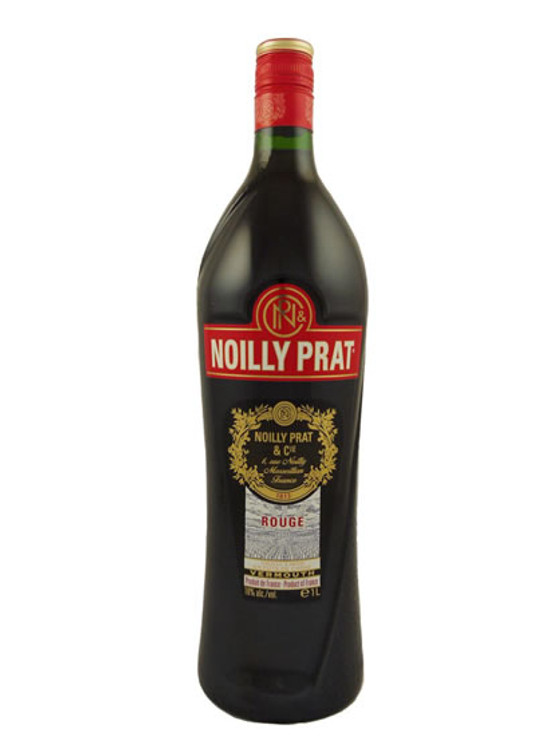
Cocchi is responsible for popularizing this style of vermouth.

The “amer” in the root of the word refers to the Latin word for bitter, rather than America. Now, thanks to the current cocktail resurgence, it’s showing up again on shelves.Īmericano: Instead of chinchona bark, americanos are made with Moscato di Asti wine and flavored with a combination of gentian root and wormwood. It was traditionally used in the Vesper before it disappeared off the market. Quinquina: Pronounced kenKEEnah, quinquina is flavored with bitter chinchona bark. is currently on the receiving end of some very good, very sippable sweet vermouth brands like Carpano Antica. Though for years Americans almost entirely used this style of vermouth for mixing cocktails like Negronis, Manhattans and Vieux Carrés, the U.S. While originally red vermouths were made with a base of red wine, these days many producers use white wine and dye the final result with other ingredients or caramel coloring. Typical sweet vermouths contain somewhere between 10 and 15 percent sugar (at most 15 percent by EU law). Think of vanilla chai lattes, clove cigarettes, heavy winter spices and aromatic flowers like violets. Red Vermouth: Sweet, spiced and just a little bit herbal, red vermouths are primarily produced throughout Italy. Famous producers include Noilly Pratt and Dolin. The style was originally developed by Dolin and has since inspired other producers, including Martini & Rossi, whose bianco is its best-selling product, buoyed by incredibly high European demand.ĭry: Ultra-light and almost briny in taste, dry vermouths were originally popularized in France, but truly took off in the United States during the “Mad Men” era Martini boom. While bianco vermouth tends to be vanilla-forward, blanc bottlings often feature floral flavors like elderflower along with light tastes of fruit.

Blanc vermouth is sweeter than its French peer, dry vermouth, but is not quite as sweet (or spiced) as red vermouth. Blanc (in French) or bianco (in Italian) vermouths weren’t well-known in the U.S. There are two major categories of French white vermouth: blanc and dry.īlanc or Bianco: A colorless, herbaceous, off-dry style of vermouth. White Vermouth: Though Italy certainly dabbles in white vermouth every now and again, it is primarily made in France, typically with a bitter root known as gentian. Recently, though, craft vermouths have experienced a resurgence in America. At that time, bartenders went heavy on the vermouth, but eventually the fad waned and people forgot about vermouth. In the late 1800s, America took to vermouth as an essential cocktail ingredient, using it in drinks like the Martini (first created in 1860) and the Manhattan (invented sometime around 1874). In the early 1800s, Joseph Noilly developed his proprietary dry vermouth in France.Īs vermouth’s popularity grew, its identity as a medicinal drink faded away, and people began drinking it instead as an aperitif before dinner or using it in cocktails. It officially split into its two signature categories of red and white in 1786, when Antonio Benedetto Carpano created his signature sweet vermouth, which quickly garnered a following in the royal court of Turin. The word “vermouth” is taken from the German wermut meaning wormwood (an essential botanical in many vermouth recipes). It wasn’t until the mid-17th century, though, that these infusions were referred to as vermouth. in China, people were steeping botanicals (roots, barks, flowers, herbs and spices) in wine and sipping the mixture as a medicinal tipple.

Vermouth has a rich history and lore closely tied to folk medicine.


 0 kommentar(er)
0 kommentar(er)
